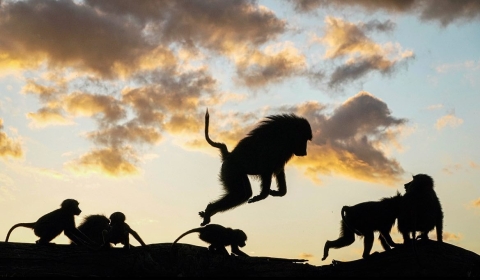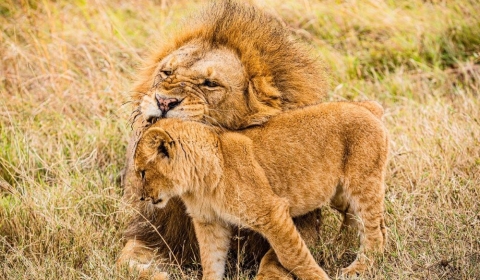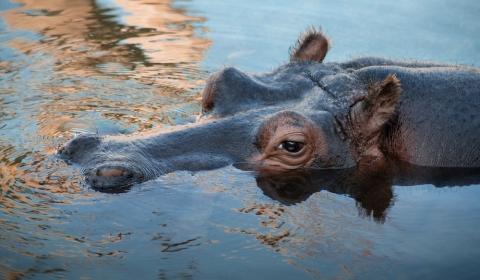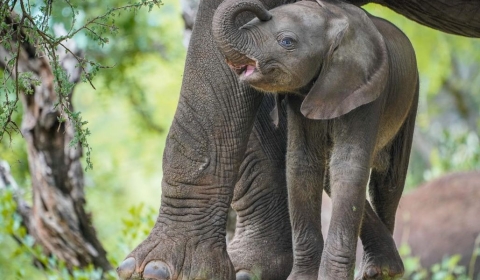Overview
Location: Northern Tanzania, southwest of Arusha. Size: Approximately 2,850 square kilometers (1,100 square miles). Established: 1970.
Geography and Landscape
Tarangire River: The park is named after the Tarangire River, which is a permanent water source that attracts wildlife, especially during the dry season.
Baobab Trees: Iconic baobab trees are scattered throughout the park, providing a distinctive landscape feature.
Woodlands and Swamps: The park consists of diverse habitats including riverine woodlands, acacia forests, and seasonally flooded swamps.
Wildlife
Tarangire National Park is renowned for its large populations of wildlife:
Elephants: Home to one of the highest concentrations of elephants in Tanzania. Herds of up to 300 elephants can be seen.
Large Mammals: Includes lions, leopards, cheetahs, giraffes, buffaloes, zebras, wildebeest, and various species of antelope.
Birdlife: Over 550 species of birds, making it a paradise for bird watchers. Notable species include the yellow-collared lovebird, rufous-tailed weaver, and the ashy starling.
Seasonal Migration: During the dry season, the park becomes a refuge for animals from the surrounding areas, leading to large concentrations of wildlife around the Tarangire River.
Conservation Efforts
Anti-Poaching: Active measures are in place to combat poaching and protect the park’s wildlife, particularly elephants.
Research: Various research projects focus on animal behavior, ecosystem dynamics, and conservation strategies.
Community Involvement: Initiatives to engage local communities in conservation efforts, providing education and sustainable livelihoods.
Tourism
Activities: Game drives, guided walking safaris, bird watching, and cultural visits to nearby villages.
Accommodation: Ranges from luxury lodges and tented camps to budget campsites.
Best Time to Visit: June to October during the dry season for the best wildlife viewing, although the park offers unique experiences year-round.
Unique Features
Elephant Population: Known for its large elephant herds, which are a major attraction.
Baobab Trees: The park’s landscape is dotted with these ancient trees, some of which are hundreds of years old.
Silale Swamp: A key area for birdlife and a vital water source during the dry season.
Visitor Information
Access: Easily accessible by road from Arusha or by air via the Kuro Airstrip within the park.
Entry Fees: Visitors must pay entry fees, which support the park’s maintenance and conservation efforts.
Regulations: Visitors are encouraged to follow park regulations to protect the wildlife and environment, such as staying on designated roads and respecting wildlife.
Highlights
Tarangire River: The lifeline of the park, attracting a myriad of wildlife, especially during the dry season.
Baobab Trees: These iconic trees add a unique character to the park’s landscape.
Seasonal Wildlife Movements: The dry season sees a dramatic increase in wildlife as animals migrate to the park for water and food.
Bird Watching: With over 550 species, it’s a premier destination for ornithologists and bird enthusiasts.




